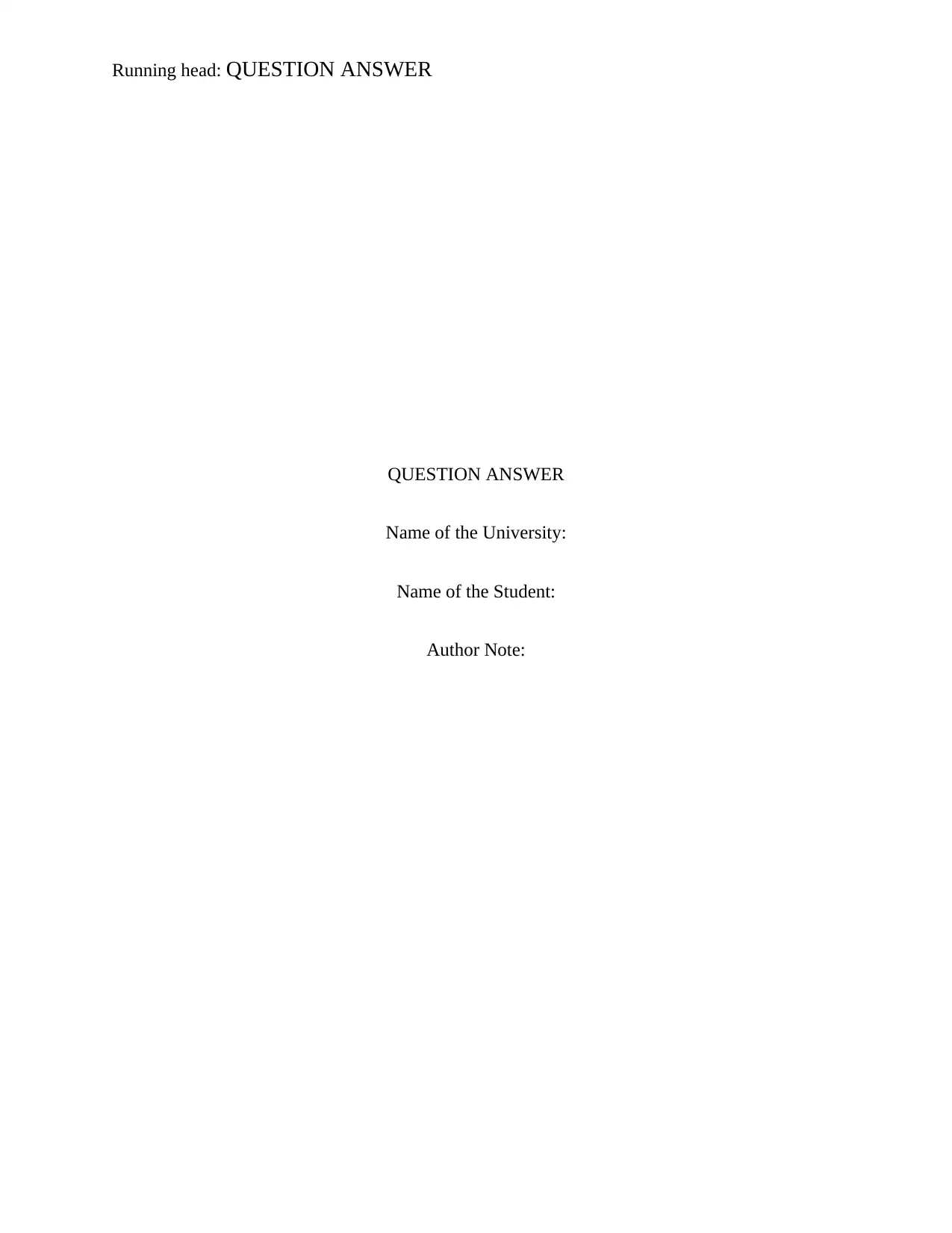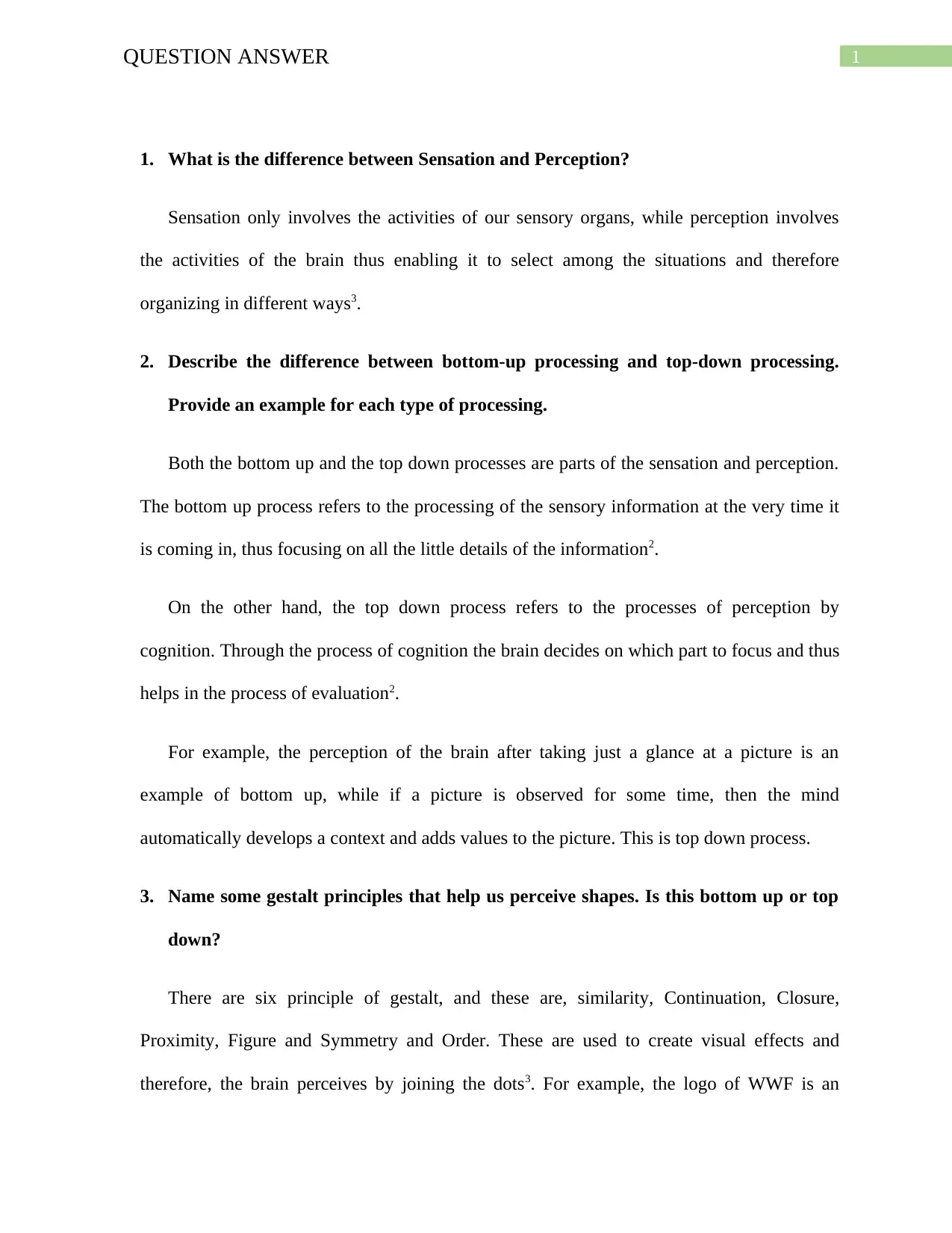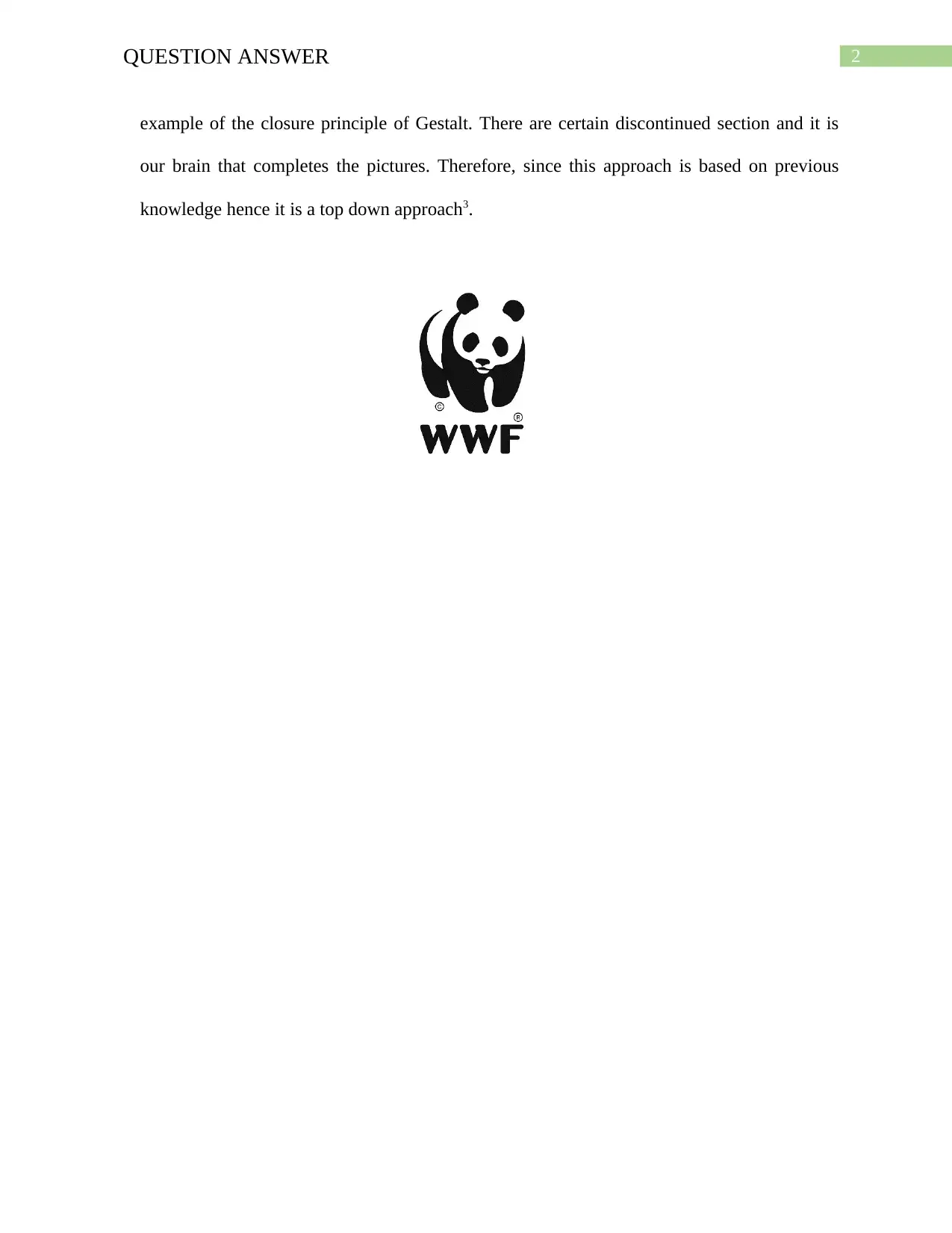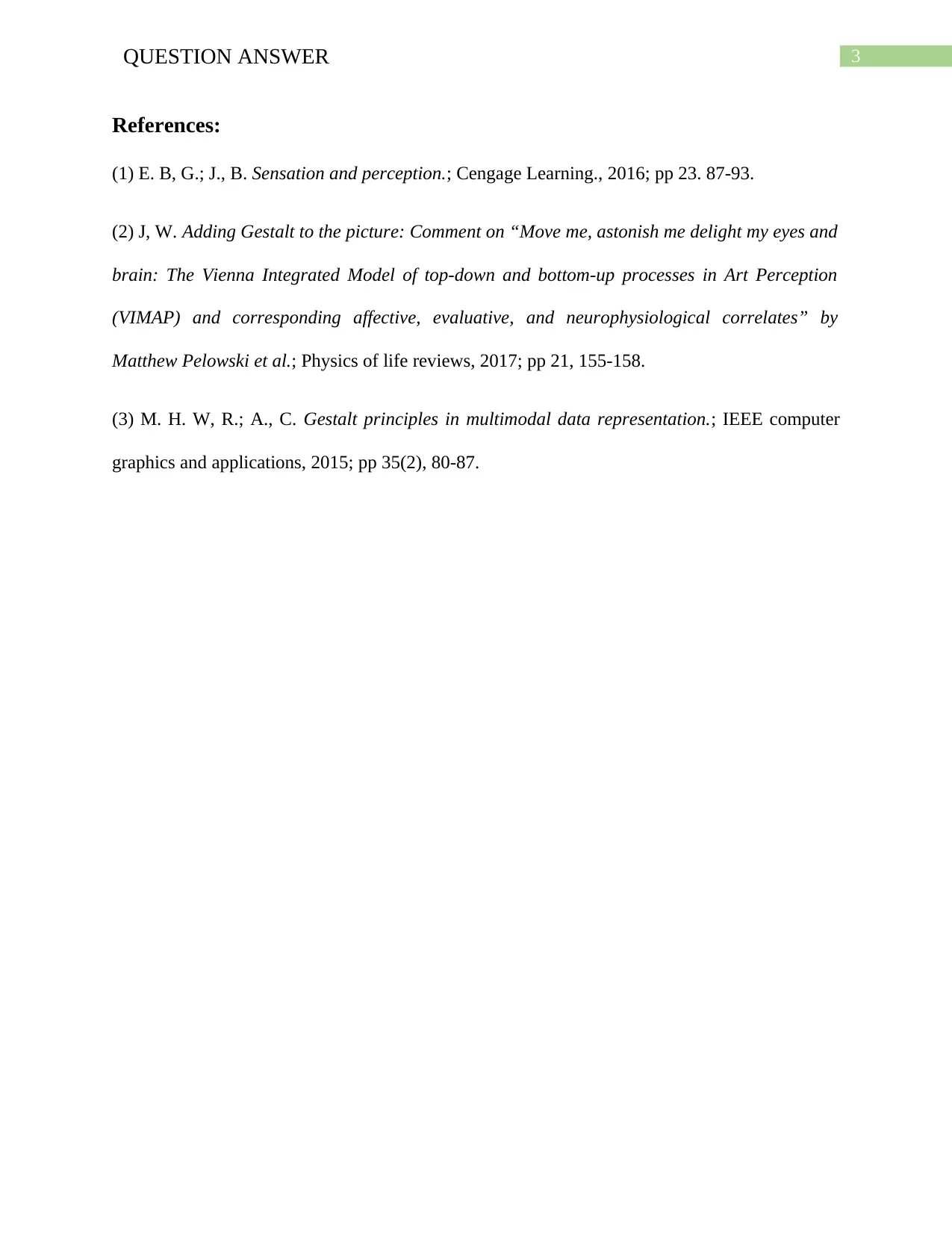Understanding Sensation and Perception: A Psychology Assignment
VerifiedAdded on 2022/08/17
|4
|475
|9
Homework Assignment
AI Summary
This assignment delves into the fundamental concepts of sensation and perception. It differentiates between the two, highlighting how sensation involves sensory input, while perception involves the brain's interpretation of that input. The assignment also explores the differences between bottom-up and top-down processing, providing examples of each. Bottom-up processing focuses on sensory information, whereas top-down processing involves the brain's cognitive processes. Furthermore, the assignment identifies and explains several Gestalt principles, such as similarity, continuation, closure, proximity, figure, and symmetry, and discusses how these principles contribute to our perception of shapes. The solution demonstrates that the Gestalt principles are an example of a top-down approach. This assignment aims to deepen the understanding of how we receive and interpret information from our environment.
1 out of 4









![[object Object]](/_next/static/media/star-bottom.7253800d.svg)